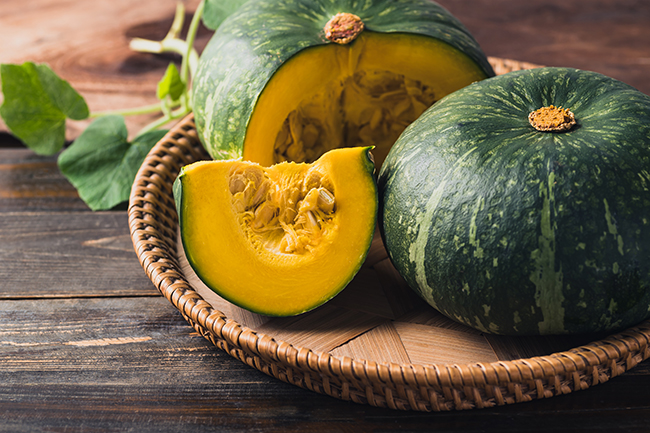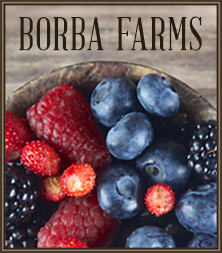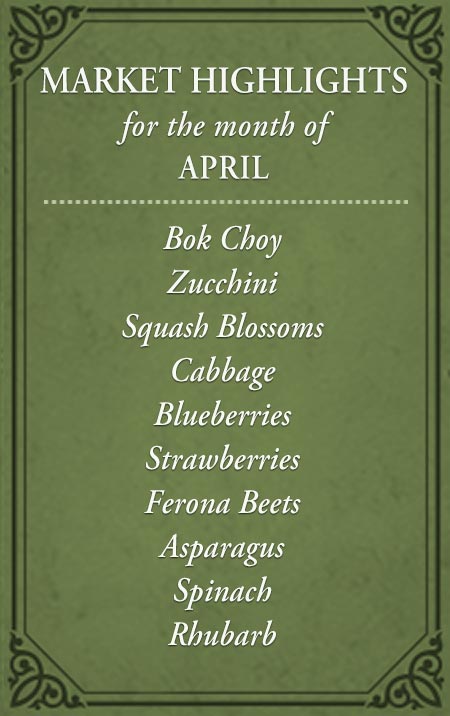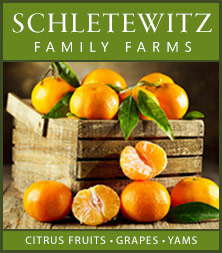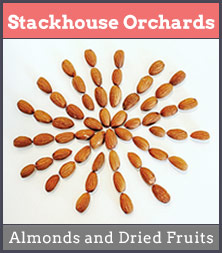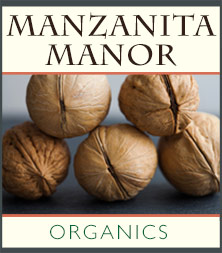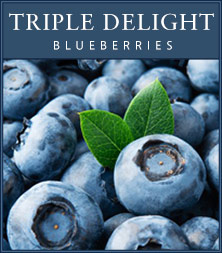If you’ve ever wandered through a farmers market in late fall or winter, chances are you’ve spotted the kabocha squash — sometimes called the “Japanese pumpkin.” With its squat, round shape, deep green skin, and sunshine-bright flesh, this little powerhouse has a way of catching the eye. But it’s not just beautiful — it’s one of the most flavorful and versatile squashes you can bring into your kitchen.
Kabocha is prized for its naturally sweet, nutty flavor that tastes like pumpkin crossed with sweet potato, with just a hint of chestnut. Its velvety texture makes it equally at home in a cozy soup, a simple roast, or even a sweet dessert. And here’s a bonus for the practical cook: you can eat the skin and the seeds, meaning almost nothing goes to waste.
The story of kabocha is just as fascinating as its taste. Though it traces its roots back to South America, Portuguese traders introduced it to Japan in the 1500s, where it quickly became beloved enough to earn the name “Japanese pumpkin.” Its long shelf life made it perfect for sailors at sea, and its reputation spread quickly through Asia and Europe. Today, California grows much of the kabocha sent back to Japan, where it remains a staple ingredient in home kitchens and restaurants alike.
Nutrient-Rich and Delicious
Beyond its delicious taste, kabocha squash offers an impressive array of health benefits. Just one cup of cooked kabocha provides around 100 calories, making it a nutrient-dense, low-calorie option. It’s packed with vitamins A and C, important for immune health and skin vitality, as well as a good source of fiber, calcium, iron, and some B vitamins. Don’t forget the seeds! Roasting kabocha seeds, much like pumpkin seeds, gives you a crunchy snack rich in zinc.
How to Pick the Best Kabocha Squash
When selecting a kabocha squash at your local farmers market, look for one with a firm, blemish-free skin. Avoid any with soft or moldy spots, as this indicates spoilage. A good kabocha should feel heavy for its size, indicating moisture-rich flesh inside.
Cooking with Kabocha
Kabocha squash can be easily swapped into recipes calling for butternut or acorn squash. Steam it for a creamy purée to use in soups, pies, or even as a base for savory dishes. It’s particularly delicious when roasted, as it caramelizes beautifully, enhancing its natural sweetness. Try using kabocha in place of pumpkin in a pie—it’s known to add a richer, deeper flavor!
Storage Tips
The thick, tough skin of kabocha squash gives it an extended shelf life. When stored in a cool, dark place, a whole, uncut squash can last for up to a month. Once cut, wrap the remaining pieces tightly in plastic and store them in the refrigerator, where they’ll stay fresh for up to a week.
Whether you’re new to kabocha or a long-time fan, this winter squash deserves a spot on your table. Its flavor, nutrition, and versatility make it a standout ingredient perfect for any season. Next time you visit our farmers markets, be sure to pick one up and discover why kabocha squash has become a favorite of home cooks and chefs alike.
RECIPES: Click here for a selection of our favorite recipes.


